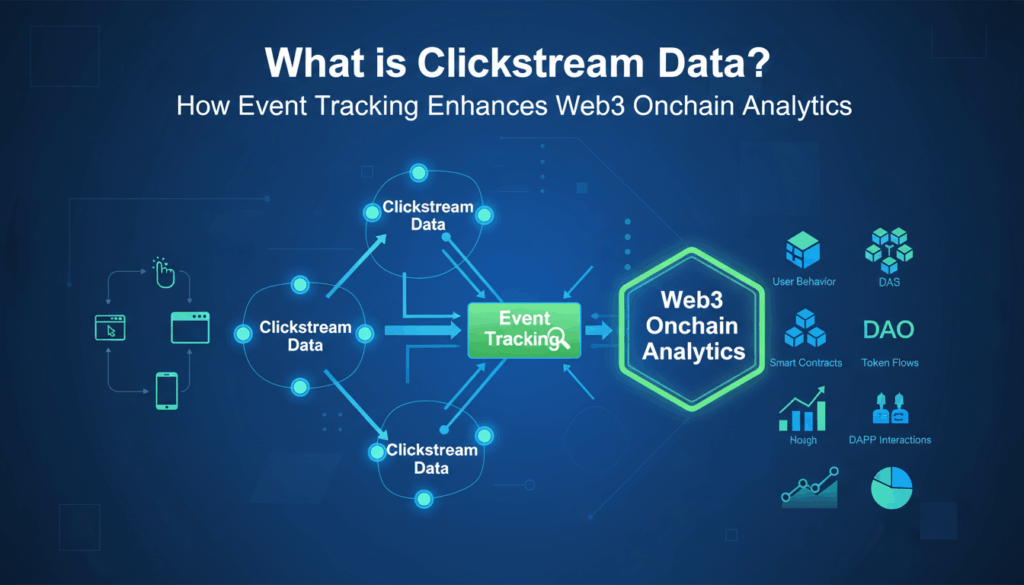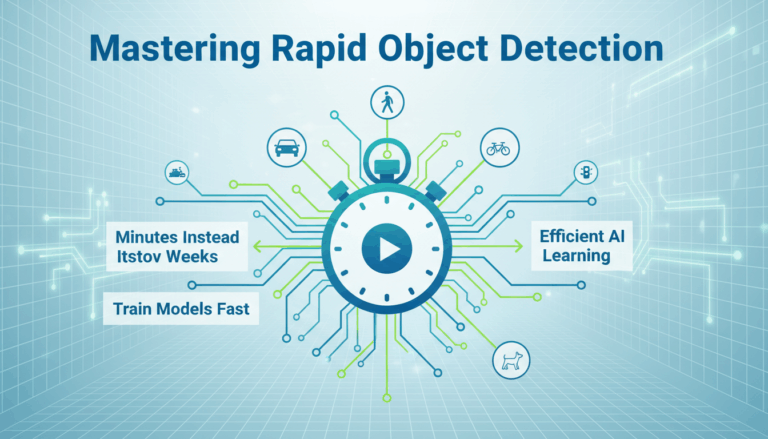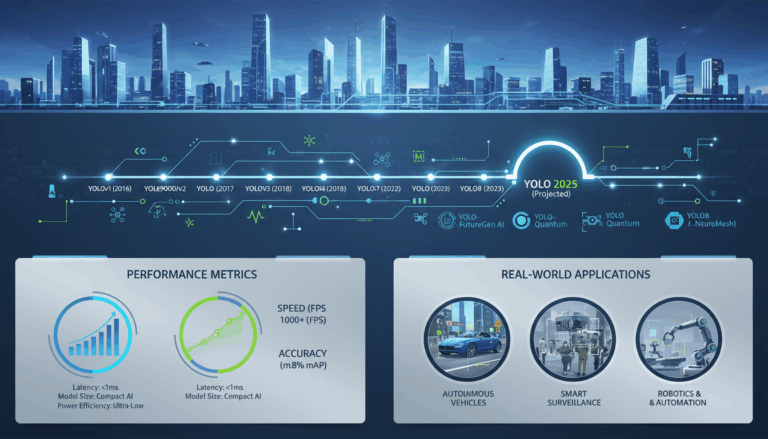Introduction to Clickstream Data in Web3
In the evolving landscape of Web3, the exploration of clickstream data offers a novel approach to understanding user behavior within decentralized ecosystems. Clickstream data, traditionally used in conventional web applications, describes the path users take as they navigate through websites—capturing clicks, timestamps, and user interactions. In the context of Web3, this data collection paradigm shifts significantly due to the intrinsic characteristics of blockchain technology and decentralized applications (dApps).
At its core, Web3 refers to the next generation of the internet, focusing on decentralization, user privacy, and seamless integration of blockchain technology. The introduction of these elements requires a rethinking of how data is collected and used. Unlike Web2 environments, where data is stored on centralized servers and is generally owned by corporations, Web3 emphasizes user ownership and control over their data. This fundamental shift adds layers of complexity to the collection and analysis of clickstream data.
A key component of clickstream data in Web3 is its reliance on smart contracts, which are self-executing contracts with the terms of the agreement directly written into code. These contracts operate on blockchain networks and execute automatically when predetermined conditions are met. Integrating clickstream data within this framework means that data can be captured and analyzed in a way that ensures transparency and immutability, two cornerstones of blockchain technology. For instance, whenever a user interacts with a dApp, relevant data points can be logged through smart contracts without exposing user identities, maintaining the privacy-first ethos of Web3.
Another significant aspect to consider is the permissionless nature of blockchain networks. In Web3, anyone can access the public blockchain data without any special permissions. This openness enables a more democratic way of leveraging clickstream data analytics. Developers and analysts can access and analyze this data to enhance user experience, optimize dApp interfaces, and better understand user needs without breaching privacy concerns.
The application of clickstream data in Web3 also introduces challenges, particularly around scalability and performance. Blockchains, by design, are not yet fully optimized for high-speed transactions and large-scale data storage, making the implementation of clickstream data solutions complex. Innovative approaches, such as off-chain solutions and layer 2 protocols, are being developed to address these scalability issues. Off-chain solutions allow certain transactions and data processes to occur off the primary blockchain, minimizing congestion and reducing transaction costs. Layer 2 protocols, on the other hand, provide additional layers over existing blockchains to enable higher throughput and faster processing speeds.
Moreover, the decentralized nature of Web3 calls for a robust and secure mechanism for data aggregation and analysis. Traditional clickstream analytics tools, designed for centralized systems, are not directly applicable. Instead, a new generation of analytics platforms is emerging, designed specifically for decentralized environments. These platforms utilize decentralized oracles, which fetch reliable external data for smart contracts, to ensure data integrity and reliability.
In summary, while the application of clickstream data in Web3 presents new opportunities, it also requires innovative approaches and technologies to truly harness its potential. The combination of privacy-preserving mechanisms, decentralized analytics frameworks, and blockchain infrastructure sets the stage for comprehensive and actionable insights that align with the fundamental principles of Web3.
The Role of Event Tracking in Onchain Analytics
Event tracking in onchain analytics serves as a fundamental mechanism to unlock the potential of understanding user interactions within blockchain ecosystems. In Web3 environments, which prioritize decentralization and user privacy, event tracking corresponds to the decentralized collection and analysis of interaction data on the blockchain.
Onchain event tracking involves recording significant interactions that occur within a blockchain-based application. This could include transactions, smart contract executions, or any changes in the state of a blockchain that are broadcasted to the network. Each of these events is permanently logged onto the blockchain, ensuring data integrity and immutability. Such characteristics are crucial in a decentralized ecosystem where trust among participants is paramount.
Unlike traditional web application analytics that rely on third-party tools to capture and process user events, onchain event tracking leverages smart contracts to autonomously gather interaction data. These smart contracts are deployed on blockchain networks and are programmed to initiate data capture when specific actions occur, such as completing a transaction or engaging with a decentralized application (dApp). For instance, a smart contract within a decentralized finance (DeFi) application can be designed to log every lending and borrowing event, thus capturing detailed usage data that helps in analyzing user experience, transaction flow, and overall interaction design.
Moreover, event tracking onchain empowers developers and analysts to conduct comprehensive analytics without compromising user privacy, as data can be aggregated without revealing identifiable user information. Blockchain’s inherent pseudonymity means that while you can see that a particular event happened, it doesn’t easily reveal the real-world identity behind the blockchain address. This aligns well with Web3’s ethos of transparency and user control over personal data.
A practical application of event tracking is seen in throughput and performance optimization. By understanding which elements of a dApp are most frequently interacted with or where users typically drop off, developers can optimize the application to reduce latency and enhance user experience. For example, if a dApp frequently logs smart contract interaction errors, developers can investigate these occurrences, identify bottlenecks, and deploy upgrades or patches to improve performance.
Event tracking is also pivotal in security and compliance. Real-time analytics on blockchain transactions help detect and prevent fraudulent activities or irregularities. For instance, tracking unusual transaction patterns can preemptively highlight potential security threats, enabling networks to respond promptly to mitigate risks.
Lastly, the data insights derived from event tracking aid in strategic decision-making. Given that blockchain data is open and accessible, analysts can utilize this wealth of event logs to generate actionable insights, guiding business strategies and enhancing competitive advantage. Developers and businesses can better understand user needs, predict trends, and tailor their offerings accordingly.
Harnessing the full potential of event tracking in onchain analytics is not without its challenges. It requires robust infrastructure capable of efficiently processing vast amounts of data. Additionally, ensuring that smart contracts are designed to log only relevant data without burdening the network with unnecessary details is crucial.
In conclusion, event tracking in onchain analytics is indispensable to evolving blockchain ecosystems, heightening user experience, ensuring security, and driving innovation—all while upholding the core values of decentralization and privacy in Web3.
Integrating Clickstream Data with Blockchain Transactions
Integrating clickstream data with blockchain transactions involves a multidimensional approach that combines traditional web analytics with the robust, decentralized capabilities of blockchain technology. This integration enhances the analysis of user behaviors within Web3 ecosystems, providing insights that are both transparent and immutable.
One of the primary methods for integrating clickstream data with blockchain is through the deployment of smart contracts designed to log user interactions. These smart contracts can be programmed to capture specific data points whenever a user interacts with a decentralized application (dApp). For instance, when a user clicks on various elements within a dApp, these interactions can be recorded as events on the blockchain. Smart contracts ensure that these events are securely logged, preserving data integrity and providing a verifiable trail of user activity.
A crucial step in this integration is identifying which elements of traditional clickstream data are most relevant to blockchain operations. Common data points such as page views, click paths, and interaction timestamps are valuable in understanding user behavior. However, due to the pseudonymous nature of blockchain interactions, the focus shifts to capturing data that informs about the transactional flow and protocol usage without compromising user privacy.
To effectively manage the integration, developers often employ off-chain solutions to handle the large volume of raw clickstream data. Off-chain systems can aggregate and preprocess this data before it is selectively recorded on the blockchain. This approach not only reduces the on-chain storage requirements but also ensures that only pertinent data is stored, minimizing costs and network congestion.
Blockchain oracles play an essential role in this integration by bridging the gap between off-chain data sources and on-chain smart contracts. Oracles can send processed clickstream events to smart contracts, allowing them to trigger predefined actions or store specific data points on the blockchain. This setup can be particularly useful in scenarios where real-time analytics and decision-making are crucial, such as personalized user experiences or targeted content delivery within decentralized applications.
Implementing a comprehensive system for integrating clickstream data with blockchain also necessitates robust data privacy measures. Blockchain’s transparency means such integrations must remain mindful of protecting user identities. Employing zero-knowledge proofs or similar cryptographic techniques can enable the verification of clickstream data authenticity without revealing the underlying user information, aligning with the privacy-centric principles of Web3.
Furthermore, integrating clickstream data with blockchain transactions can significantly enhance automated auditing and compliance processes. By ensuring that user interactions and their corresponding blockchain transactions are recorded immutably, organizations can easily verify compliance with regulations or contractual terms, thereby enhancing trust and accountability.
As a practical instance, consider a decentralized marketplace where user interactions with product listings are captured as clickstream data. Smart contracts can log these interactions and synchronize them with purchase transactions on the blockchain. This not only provides market operators with insights into consumer behavior but also allows for seamless inventory management and supply chain transparency.
Ultimately, the integration of clickstream data with blockchain transactions provides a robust framework for analyzing user interactions in a decentralized environment. By leveraging smart contract capabilities, off-chain data processing, and blockchain’s immutable ledger, businesses can gain actionable insights while safeguarding user privacy, all within the dynamic landscape of Web3.
Tools and Techniques for Effective Event Tracking
Implementing effective event tracking in Web3 involves utilizing a combination of advanced tools and innovative techniques to capture, analyze, and utilize interaction data on the blockchain efficiently.
In the Web3 ecosystem, events are logged through smart contracts—self-executing contracts that react to pre-defined conditions within the blockchain environment. One key tool used in effective event tracking is Ethereum’s Event Logs, a feature where smart contracts emit event logs that record every significant state change within a dApp. These logs are stored on the blockchain and explored using blockchain explorers like Etherscan, which provides an interface for querying and visualizing event data.
Another essential tool is Graph Protocol, a decentralized querying protocol that allows developers to quickly access and index blockchain data. It helps streamline the extraction of event information from blockchains, especially Ethereum, making data accessible and easy to work with. Developers can create subgraphs through Graph Protocol, which are custom APIs that define what data to index from the blockchain and how to process it to suit specific event tracking needs.
For real-time event tracking, Chainlink Oracles provide a vital service by facilitating the secure transfer of data between off-chain systems and blockchain smart contracts. Oracles help capture real-world events, such as the completion of transactions or changes in blockchain state, allowing smart contracts to respond autonomously. Chainlink’s decentralized nature aligns with Web3 principles, ensuring event information is reliable and resistant to tampering.
The implementation of off-chain solutions is crucial in managing scalability issues associated with direct on-chain logging. Services such as IPFS (InterPlanetary File System) and Filecoin deliver decentralized storage options, where event-related data is stored off-chain but remains accessible and verifiable through blockchain links. This way, blockchain networks aren’t bogged down by excessive data, freeing them to focus on processing critical transactions efficiently.
Techniques like Zero-Knowledge Proofs (ZKP) further enhance privacy when tracking events. ZKPs allow the verification of event occurrences without revealing unnecessary details, safeguarding the privacy of users involved in these interactions. This technique is especially vital in preserving anonymity in decentralized finance (DeFi) scenarios where transactional privacy is paramount.
Several platforms offer specialized tools for blockchain-specific analytics, such as Dune Analytics and Covalent. These platforms enable users to write SQL queries directly against blockchain data, transforming raw onchain events into comprehensive reports and visualizations. They provide a more profound understanding of user behavior and trends on the blockchain, aiding strategic decision-making.
In implementing these tools and techniques, developers must adhere to best practices to ensure efficiency and compliance. The design of smart contracts, for instance, should focus on logging only necessary events to prevent unnecessary bloat and network congestion. Testing environments, like Truffle Suite, can simulate blockchain conditions, allowing developers to test the efficiency and security of event tracking setups before deployment openly.
Finally, maintaining open communication with stakeholders involved in blockchain projects is crucial to align tracking capabilities with user needs and regulatory requirements. Continuous monitoring and adjustment of event tracking systems are necessary to adapt to the rapid evolution of Web3 technologies.
Through these tools and techniques, event tracking in Web3 not only becomes robust and efficient but also respects user privacy and integrates seamlessly with decentralized paradigms. By leveraging the innovative possibilities of smart contract technology and decentralized data handling, the landscape of interactive blockchain analytics can be vastly enriched.
Case Studies: Enhancing Web3 Analytics through Event Tracking
In the realm of Web3, numerous innovative implementations have bolstered the capability of analytics through sophisticated event tracking, bringing more actionable insights to decentralized ecosystems. Here, a few case studies illustrate how diverse projects have leveraged event tracking to improve analytics, optimize performance, and enhance user experiences, while staying true to Web3 principles of decentralization and privacy.
One compelling example is the decentralized finance platform, Uniswap, a leading decentralized exchange in the Ethereum ecosystem. Uniswap employs onchain event tracking to monitor liquidity pool interactions—such as token swaps, liquidity additions, and withdrawals. By capturing these events via smart contracts, Uniswap’s analytics provide real-time insights into trading volumes, user interactions, and liquidity provider behaviors. These analytics help in adjusting transaction fees and optimizing liquidity markets, thus ensuring efficient trading environments. Notably, Uniswap’s use of smart contracts aligns with the decentralization ethos by avoiding reliance on centralized analytics servers, maintaining transparency and trust among its user base.
Another significant case study involves Decentraland, a virtual reality platform built on blockchain technology, allowing users to create, experience, and monetize content. Using event tracking, Decentraland records user interactions within its virtual environment, such as land purchases, NFT transactions, and avatar movements. This data is analyzed to understand popularity metrics of different virtual plots and user engagement trends. By employing decentralized analytics tools like The Graph Protocol, Decentraland efficiently indexes these interactions, facilitating seamless querying of onchain data to supply actionable insights into user behavior and platform growth.
Chainlink offers an excellent testimony to enhancing analytics in Web3 through its decentralized oracles. These oracles play a pivotal role in feeding real-world data into smart contracts. For instance, Chainlink’s weather data oracles provide crucial inputs for decentralized insurance platforms using parametric insurance models. Event tracking of weather data triggers smart contracts to payout automatically under specific conditions, such as adverse weather events. This system not only improves the accuracy and reliability of data inputs but also opens new avenues for blockchain applications where real-world conditions need to interact dynamically with onchain processes.
Moreover, Aave, a decentralized lending protocol, illustrates how event tracking can enhance security and compliance within DeFi ecosystems. By systematically logging lending and borrowing events, Aave’s smart contracts provide a comprehensive view of liquidity flows and risk management metrics. This transparency helps in detecting unusual patterns that might indicate fraudulent activities or potential security breaches. Implementing event tracking for loan activities ensures regulatory compliance by documenting user interactions, further strengthening trust in the platform’s security infrastructure.
Lastly, OpenSea, the largest NFT marketplace, leverages event tracking to track NFT minting, buying, and selling transactions. By logging and analyzing these events, OpenSea gains insights into market dynamics, identifying popular NFT collections and user preferences. This data aids in refining the user experience and introducing features that align closely with the community’s demands, such as customized notifications and enhanced search functionalities.
Through these case studies, it becomes evident that event tracking not only augments analytical capabilities but also enhances the overall user experience, operational efficiency, and security of decentralized applications in Web3. Each of these implementations underscores the significance of employing smart contracts, decentralized indexing, and oracles to craft analytics solutions that resonate with the decentralized, privacy-focused ethos of Web3.




